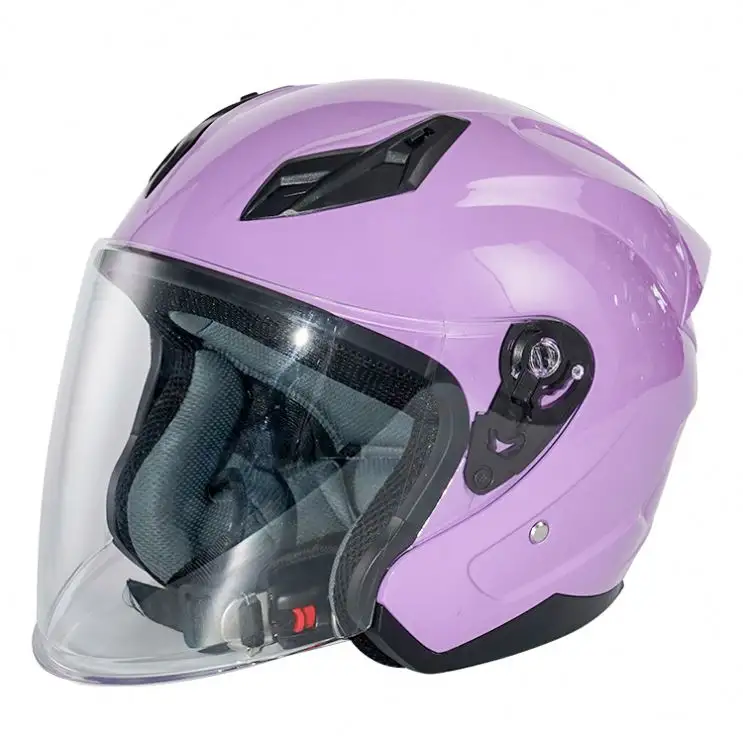Selecting the perfect-fitting motorcycle helmet is crucial for safety and comfort while riding. Here’s a guide to help you choose the right helmet:
1. Head Shape:
- Helmets come in different shapes to accommodate various head shapes. Determine your head shape, which could be round, intermediate oval, or long oval. Choose a helmet that matches your head shape for the best fit.
2. Helmet Size:
- Measure your head’s circumference just above your eyebrows using a flexible measuring tape. Refer to the manufacturer’s sizing chart to choose the correct helmet size based on your measurement.
3. Try Before You Buy:
- Whenever possible, try the helmet on before purchasing it. Make sure it feels snug but not overly tight. Different brands and models may have slightly different fits even if they are the same size.
4. Full-Face, Modular, or Open Face:
- Choose the helmet type that suits your riding style and preferences. A full-face helmet provides the most protection and is ideal for high-speed riding. Modular helmets offer versatility with a flip-up chin bar. Open-face helmets provide good ventilation and are often chosen for cruising.
5. Safety Standards:
- Ensure the helmet meets safety standards such as DOT (Department of Transportation), ECE (Economic Commission for Europe), or Snell. Look for the appropriate safety certification based on your location.
6. Ventilation:
- Consider the helmet’s ventilation system. Adequate ventilation helps keep you cool and comfortable, especially during hot weather or long rides.
7. Weight:
- The weight of the helmet can impact your comfort during extended rides. Choose a helmet that strikes a balance between protection and weight. Lightweight materials can reduce fatigue.
8. Retention System:
- The chin strap and retention system should securely hold the helmet in place. Ensure that you can adjust the straps to achieve a snug but comfortable fit.
9. Face Shield and Visor:
- Check the face shield or visor for features like anti-fog and UV protection. A well-designed visor enhances visibility and comfort during rides.
10. Interior Padding:
- The interior padding should be comfortable and moisture-wicking. Some helmets offer removable and washable padding for easy maintenance.
11. Safety Features:
- Look for safety features like multi-density foam liners, integrated communication systems, and quick-release chin straps. Some helmets come with advanced safety technologies like MIPS (Multi-Directional Impact Protection System).
12. Noise Reduction:
- Helmets with effective noise reduction features can make your rides quieter and more comfortable. This is especially important for long journeys.
13. Style and Design:
- Choose a helmet that matches your personal style and complements your riding gear. Many helmets come in various colors and designs to suit different tastes.
14. Price and Brand:
- Set a budget for your helmet purchase and look for options that offer the best value for your money. Reputable helmet brands typically provide a higher level of quality and safety.
Remember that wearing a properly fitting motorcycle helmet is a critical aspect of motorcycle safety. It provides protection for your head and can enhance your overall riding experience. Take your time to choose the perfect fit to ensure your safety and comfort on the road.


